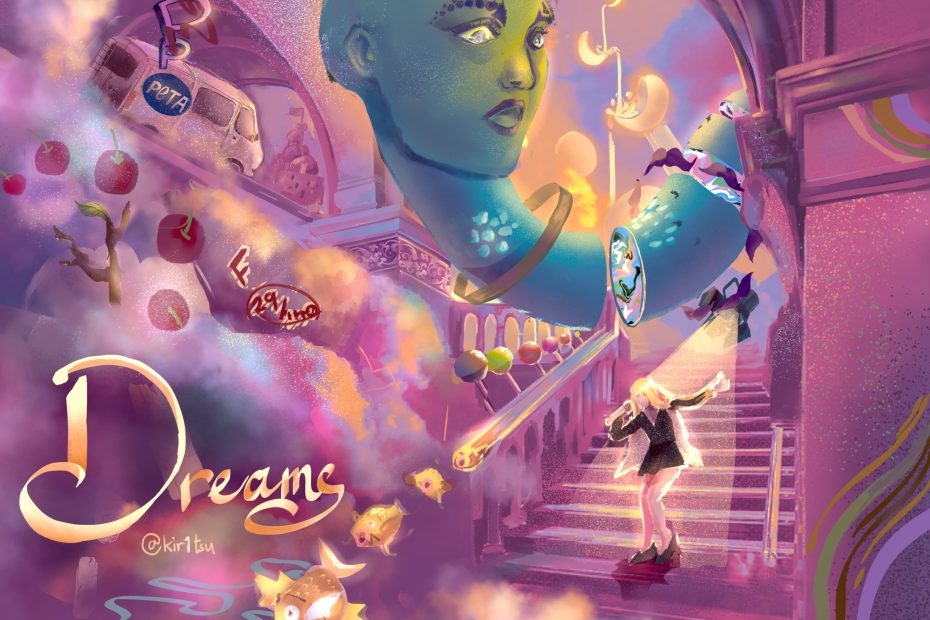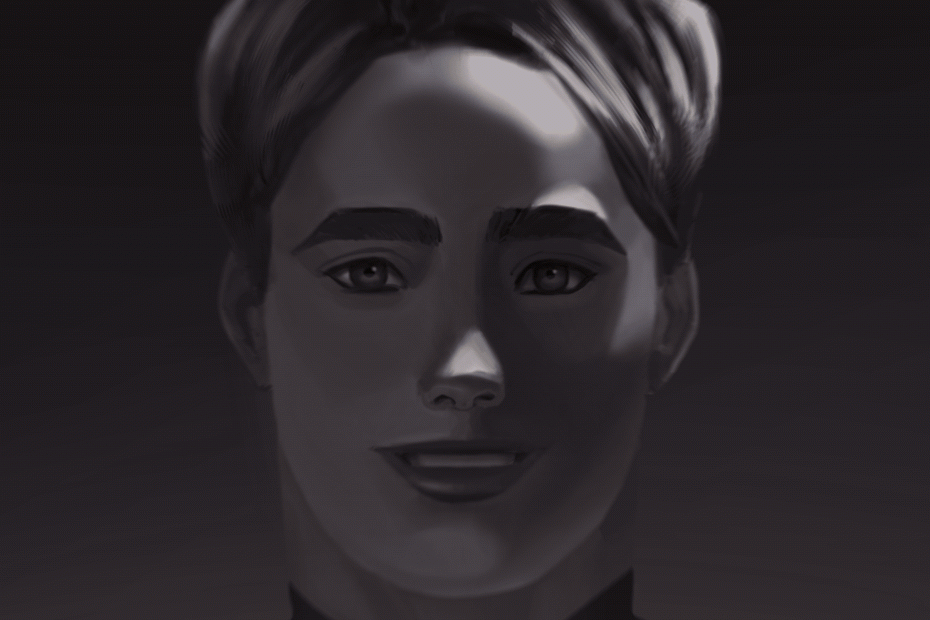Why do we dream?: The psychology behind our nighttime adventures
You are sitting at your childhood dining table, eating pink-and-yellow striped Goldfish crackers. Your little brother is sitting next to you, and he presents you with seven new Goldfish cracker flavours. “They’re all named after Pokemon,” he says. Right—Pokemon are real now. They’ve been in the news all day and you’re trying to adopt one. You wanted Bulbasoar but you keep getting MagiKarp. There are three MagiKarp across from you. They’re different colours. Why? One’s sick. It’s allergic to Goldfish crackers. It’s going to die. Oh God—you’re going to be arrested by PETA. This is bad. Their van is here already. You clutch your brothers in your arms and tell him you love him. He screams as the masked PETA officers break down the door.

